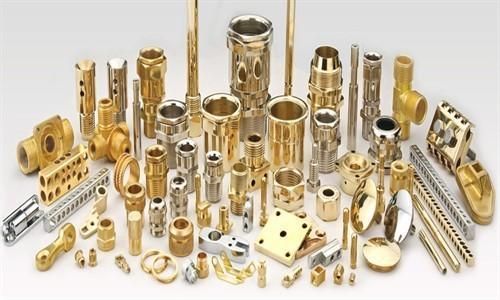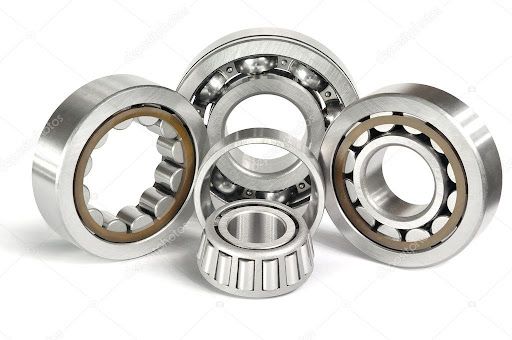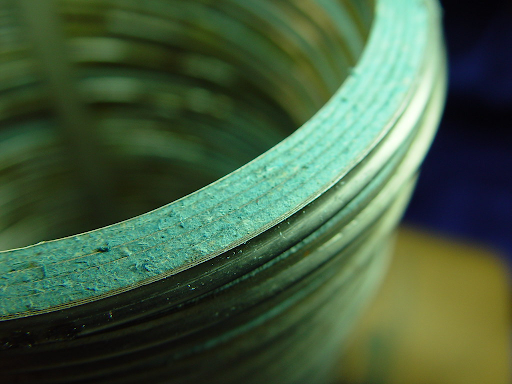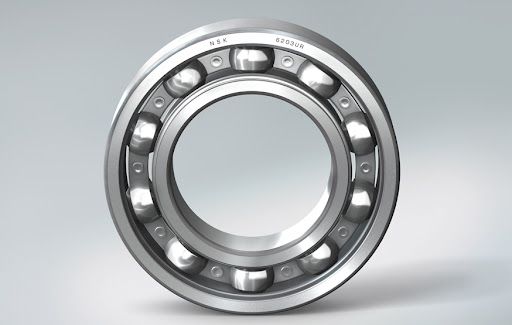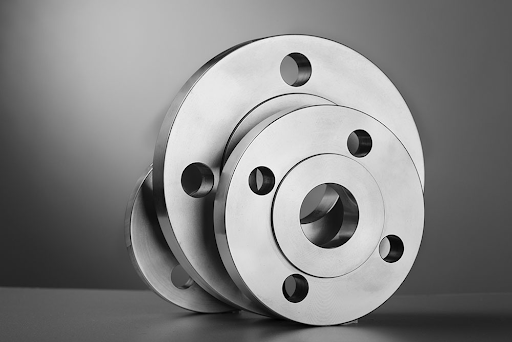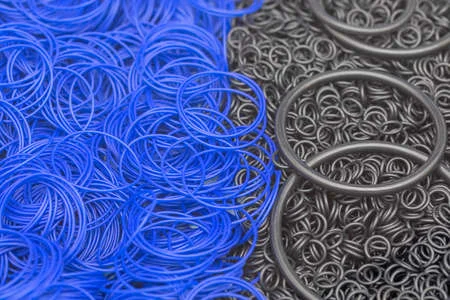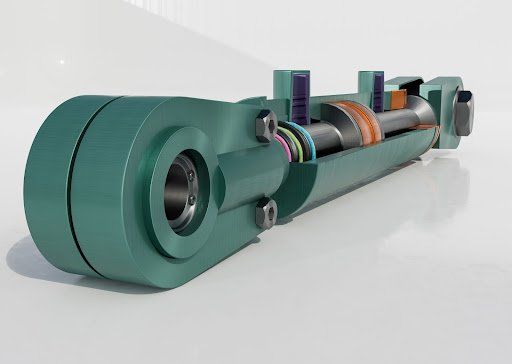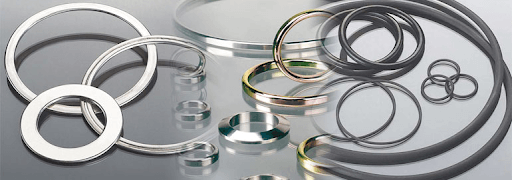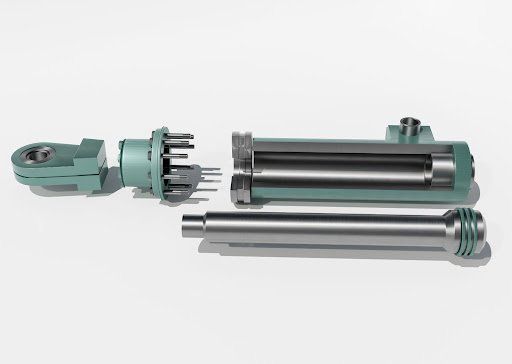The Difference Between Hard and Strong Fasteners
Shopping for fasteners can be a daunting task. There is no single fastener that suits every environment, so it’s important to have at least a small amount of technical knowledge before making your final choice. You need to consider many variables to determine what specifications are needed for the fastener to function optimally. With this information and some basic knowledge about how fasteners work, you will be able to make an informed decision. One of the most widely overlooked technical aspects is the issue of hardness versus strength. While the two may seem synonymous, there are some small but significant differences that you need to understand to get the best out of your products.
What many people don’t know about the manufacture of fasteners is that the metals used are elastic, meaning they will stretch or elongate under pressure and then return to their original shape when the load is removed. The amount that a fastener will stretch is known as its yield point. If the load exceeds that yield point, then the fastener becomes ‘plastic’, losing its elasticity and remaining permanently stretched. Further pressure on the already deformed fastener will cause the material to fracture, which is why it’s vital that one understands the different strengths and hardness of fasteners.
Hard Fasteners
Hardness refers to a fastener’s ability to resist a penetrable force that may deform it. More simply, it’s a measure of the material’s resistance to abrasion and indentation. The hardness of a fastener is linked to its ductility, which is determined by the degree of plastic deformation once a fastener has fractured. The harder a fastener, the more brittle it becomes, making it less likely to withstand large forces without being permanently damaged.
Strong Fasteners
The strength of a fastener is calculated by its maximum tensile strength, its yield point, and the proof load. This determines how much a material can withstand a force before going through significant plastic change and becoming permanently deformed or fractured. The stronger a fastener, the more likely it will be to return to its original form once the force has been removed, meaning it has a better ability to stretch as opposed to hard fasteners.
How to Choose the Right One
What we’ve now discovered is that some products are stronger and some are harder but with most of them, having more of one quality usually means you will get less of the other. This makes it tricky to select the perfect product for your intended application but if you understand the difference applying load pressure as opposed to penetrable force, there’s a good chance you’ll be on the right track when deciding between a hard or strong fastener.
Of course, we don’t all have a background in physics or know the intricate details of every product on the market so if you have even the smallest doubt, always speak to a professional consultant. At Bearing Centre, we offer a 24/7 hot line for any queries or consultations on which products will work best. Give us a call today!

